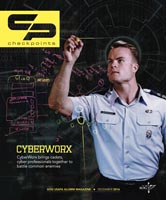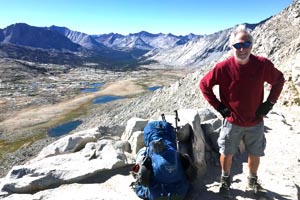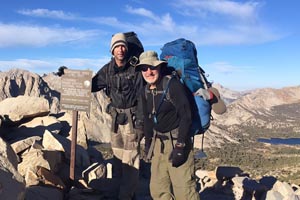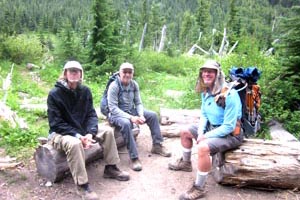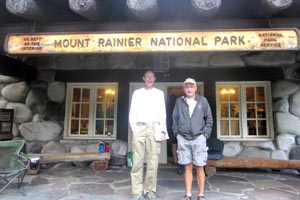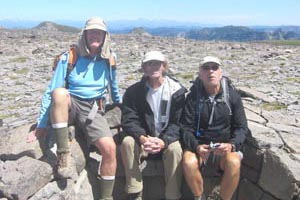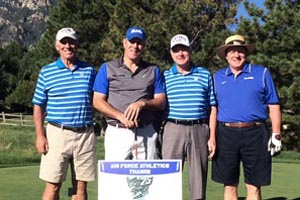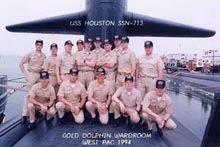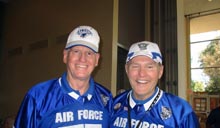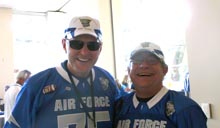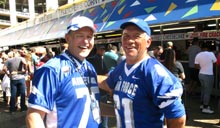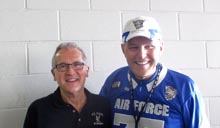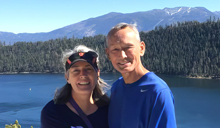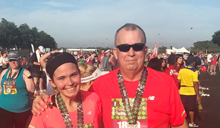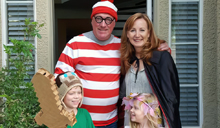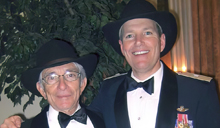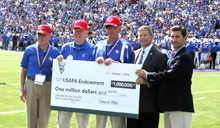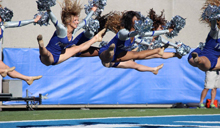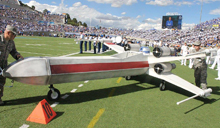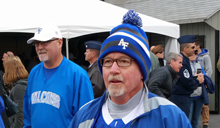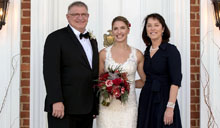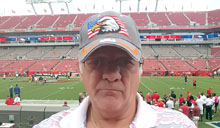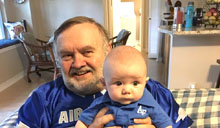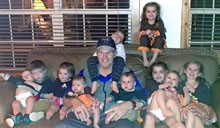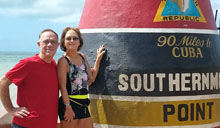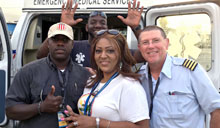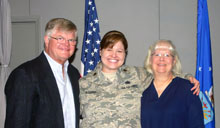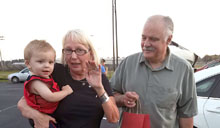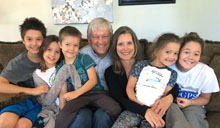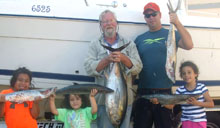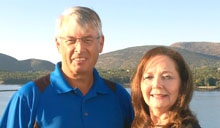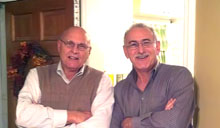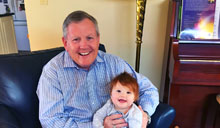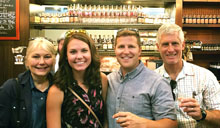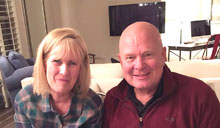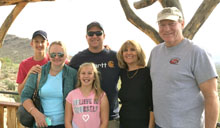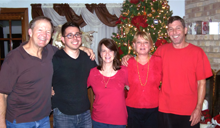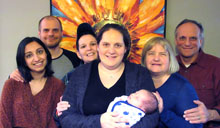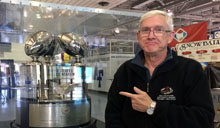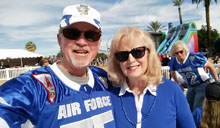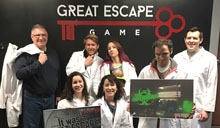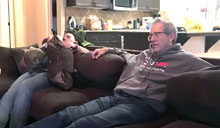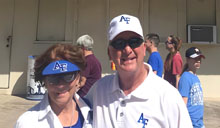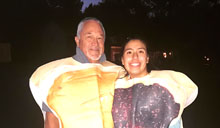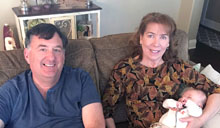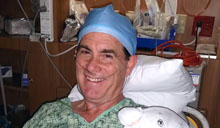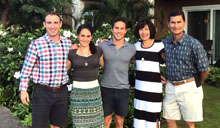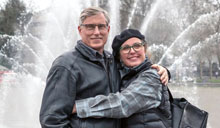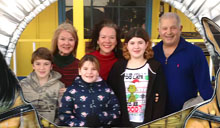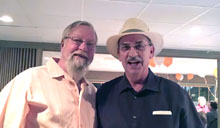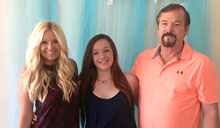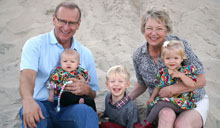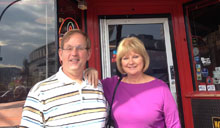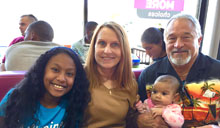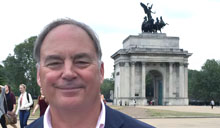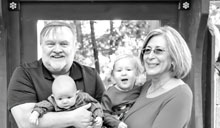Today is Veterans Day in the United States. Some of you are veterans. To some of you, a “veteran” may be an abstract concept. I would like to ask for 10 minutes of your time today to make this day more real, more personal. You know me. I am but one of millions of veterans, and today I would like to share a part of my story as “your veteran” with you as but one humble representative of those millions of veterans.
This story starts in February 1942. The situation was bleak for the allies, particularly in the Pacific. The US Pacific Fleet had been crippled at Pearl Harbor 3 months earlier. A seemingly unstoppable Japanese wave was taking country after country along the western Pacific rim in an advance toward Australia. General MacArthur was cut off and US forces were about to surrender in the Philippines. By mid-February, the Japanese invasion fleet was staging to take Java. The Japanese bombed Darwin, Australia. The allied fleet knew that there were no reinforcements coming. They were to hold the line on the other side of the world while allies began to rebuild their military forces. The goal was to prevent the invasion of Australia. The remnants of the allied Pacific fleets – Dutch, British, US, Australian – sent a force of 5 cruisers against a significantly superior Japanese naval and air forces. The ensuing battle became known as the Battle of the Java Sea. Of the allied capital ships, only the heavy cruiser USS Houston and the Australian light cruiser HMAS Perth survived.
Houston and Perth refueled and attempted a night escape from the Java Sea through the strait between Java and Sumatra (Sunda Strait). Radar was a new technology and neither were equipped. The cruisers ran into the full Japanese invasion fleet in the middle of the night. Although greatly outnumbered, they did not retreat. They engaged in a night long gun battle with the invasion fleet. Both Houston and Perth were sunk with great loss of life. Only 368 of the over 1,000 Houston crewman survived. The few survivors were captured, taken to Singapore to be combined with the captured British garrison. They spent the war on construction projects in southeast Asia, among them the bridge over the River Kwai – made famous by a movie of that name.
There was no way in 1942 for the United State to know what happened to Houston and Perth. Houston was “overdue and presumed lost”. In March and April of 1942, the people of the city of Houston, Texas, raised the money from private donations to build a new cruiser, USS Houston CL-81, almost unbelievable today.
In May 1942, President Roosevelt sent the following message to the people of the city of Houston:
“Our enemies have given us a chance to prove there will be another USS Houston, and yet another USS Houston, if that should become necessary, yet still another USS Houston, as long as American ideals are in jeopardy.”
Over 50 years later, in 1994, I was the “yet another USS Houston”. I took my USS Houston on a voyage retracing the last voyage of our predecessor. The voyage started in Darwin, Australia where the outpouring of affection from the Australians was amazing. They remembered the US Submarine Force (operating out of Darwin and northern Australia) as the only combat force holding the line against the Japanese in those dark days of 1942. In 5 days in Darwin, my crew could spend no money because of the incredible Aussie hospitality. The “dial a sailor” hotline could not keep up with the requests to invite my sailors home to spend time with Australian families. Survivors of the Australian cruiser Perth visited us and gave us items to put on the sea when we reached the location of the wrecks of USS Houston CA-30 and HMAS Perth.
I positioned my USS Houston directly over the wreck of the cruiser Houston. I and my crew are hard pressed to describe how we felt. Below me was the resting place of my predecessor, Captain Rook of the cruiser Houston, and over 700 of his crew. Capt Rook was awarded the Medal of Honor posthumously. Now over 50 years later, we returned to make good President Roosevelt’s promise of “ yet another USS Houston”. Several of the survivors had asked they be buried with their shipmates. We carried out their request as the sun set and fired a salute. I truly felt I was part of something much greater than our ship. I was part of a line starting with John Paul Jones. A line that fought on wooden decks, and steel decks, in the air, and now underwater. A line that extends into the future as long as there is an America. The words “duty before self” never struck home more. I felt inadequate as we tried to honor those who went before us, the veterans.
This veteran came away from nearly 30 years of service convinced that freedom is not free. It is bought dearly every minute of every day by those that serve. It is bought by the families with single parents that serve for months on end at home while the other parent serves abroad. These are people that live by the words “duty, honor, country”. They are the people that are serving today for you.
John F. Kennedy said “my fellow Americans: ask not what your country can do for you, ask what you can do for country.” Today, on Veteran's Day, I suggest that what you can do for your country is find that veteran you work with, live by, have in the family, etc. Have the courage to reach out in some manner and say a simple “Thank You.” That is more than they will expect.
Your Veteran, Mark
Captain, US Navy (retired)
Formerly Commanding Officer, USS Houston, SSN 713
The photo is of the wardroom (officers) of USS Houston SSN 713 that made it all happen when I was in command. (Mark is kneeling, center)

